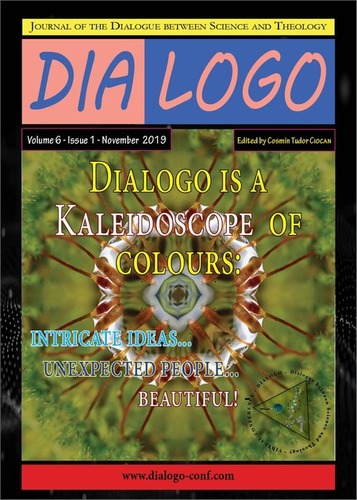Anastasie Crimca – Distinct Cultural and Philanthropic Personality in Romanian Medieval Religious History
Anastasie Crimca – Distinct Cultural and Philanthropic Personality in Romanian Medieval Religious History
Author(s): Nina StănescuSubject(s): Middle Ages, Theology and Religion
Published by: Dialogo Publishing House SRL
Keywords: religion; research; culture; philanthropy; art; Medieval history;
Summary/Abstract: Anastasius Crimca depicts himself as a scholar who dominated, with his personality, two decades of Romanian culture. Regardless of the expression means, "the enlightened patriotism”, which he confesses in his will of 1610 on the alienation of the monastery, is also to be seen in his social, philanthropic work, as well as in the spirit of brotherhood which made him give away a series of books to the Metropolitan Seat of Targoviste, at a time when the two regions were as if united (Moldavia being ruled in that period by Radu Vodă Mihnea, and the Romanian Principality by his son, Alexandru Coconul). Artist in the true sense of the word, erudite theologian and diplomat, initiated in matters of law, writer, Anastasius Crimca has acquired, both through his own personality and through his entire inherited work, a place to be valued in the history of our medieval culture. He must also be regarded as a prominent figure of Orthodoxy in the age illustrated by Cyril Luccaris, Peter Movilă and Varlaam. The fact that his sudden death was recorded in three different manuscripts attests, in itself, the fame and the appreciation he enjoyed even during his lifetime. About Anastasius Crimca’s life and activity, about the school he initiated and patronized and whose products, with such a troubled history, adorn today, some of the largest libraries and museums in the world, as well as its splendid achievement at Dragomirna ("the school" of calligraphers and miniaturists from Dragomirna Monastery), there is nothing left to say except that there are undoubtedly some of the most representative spiritual and cultural realizations in Romanian medieval history.
Journal: Dialogo
- Issue Year: 6/2019
- Issue No: 1
- Page Range: 264-271
- Page Count: 8
- Language: English

